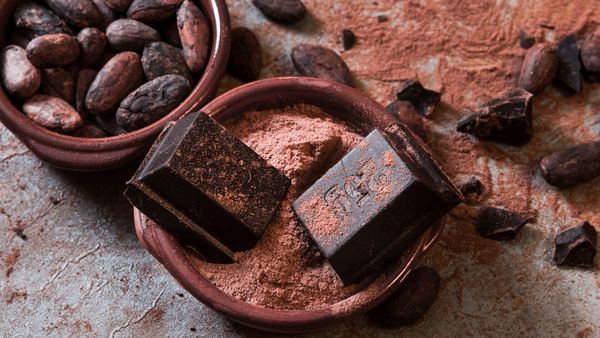Climate change, fungi and booming demand are threatening the world’s chocolate supply, but Alabama genetic scientists have added an important new weapon in the fight to save it.
Scientists at the HudsonAlpha Institute for Biotechnology in Huntsville have completed and released an updated genetic profile of the tree that produces cacao beans, the critical ingredient in chocolate. It’s an new model of the tree’s “reference genome” first completed in 2010.
A reference genome lets breeders identify the parts of the plant’s genetic makeup that would be good to have in future generations. Examples are genes for drought tolerance, increased yield and resistance to disease. When they know that, breeders can quickly sequence the genes of young crossbred plants searching for the ones with the good characteristics. Those are the ones they plant. It’s called selective breeding, and farmers have used it for generations. But modern genetic sequencing dramatically speeds up the process
The cacao tree that produces the main ingredient of chocolate is a challenge, scientists say. It only grows within 20 degrees of the equator and on land threatened by warmer temperatures and lower humidity. It doesn’t have a lot of genetic diversity and is vulnerable to fungi and diseases.
Dr. Jane Grimwood and researcher Jeremy Schmutz produced the new genome. “Having so little genetic diversity leaves the cacao tree vulnerable,” Grimwood said. “However, it also means that genes can be exchanged between trees, which gives researchers and farmers an opportunity.”
Schmutz pointed to the advantages of new technology. “As our technology improves, we’re able to produce more detailed, versatile reference genomes, which are critical for the kind of rapid crop improvement you want to see with cacao,” he said.
The new genome was developed with funding from Mars Wrigley.

